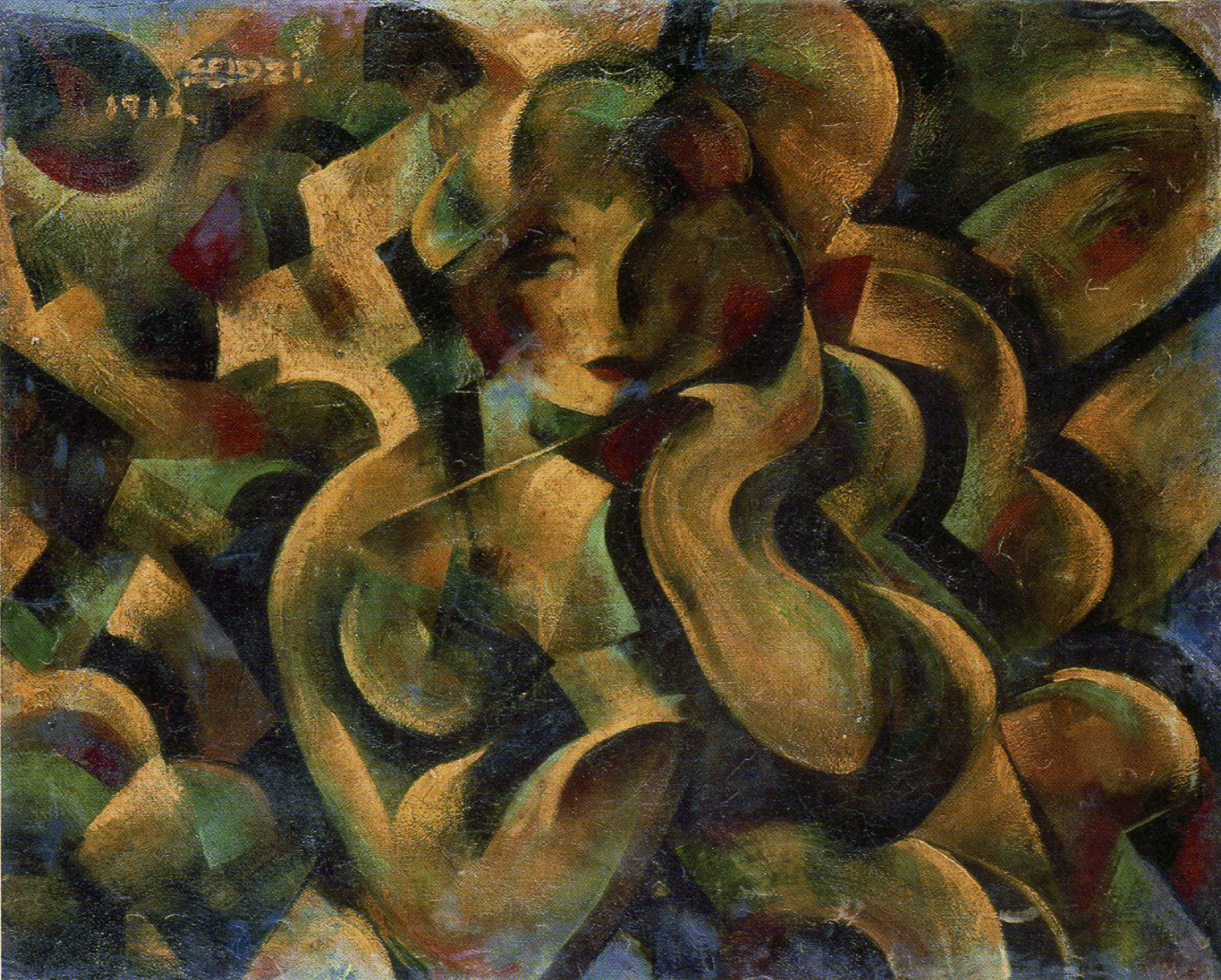Seiji Togo (1897-1978) has been characterized as having two distinctive career phases corresponding to youth and maturity. The first was as a pioneer of European modern movements in Japan. The second was as a postwar painter of simplified and smoothly contoured female beauties that received popular acclaim in Japan. The retrospective at the Abeno Harukas Art Museum, Osaka, addresses the artists' spread, but focuses on the transitional decades of the 1930s though to the '50s that correspond to Togo's middle age.
Togo acquired a reputation as a child prodigy at Aoyama Gakuin middle school in Tokyo when one of his early nude oils was featured in a magazine. At age 18, through an introduction by a musician friend, he was able to establish his own studio within the premises of the Akasaka Institute of the Tokyo Philharmonic.
Introduced to and influenced by European modernism through black-and-white journal reproductions, Togo's cubist and futurist disfigurations led to him exhibiting in the third annual Nika-kai (Second Society Association), a major forum rivaling the conservative, government-sponsored Bunten exhibitions. "Woman Holding a Parasol" (1916) was awarded that year's top prize.



